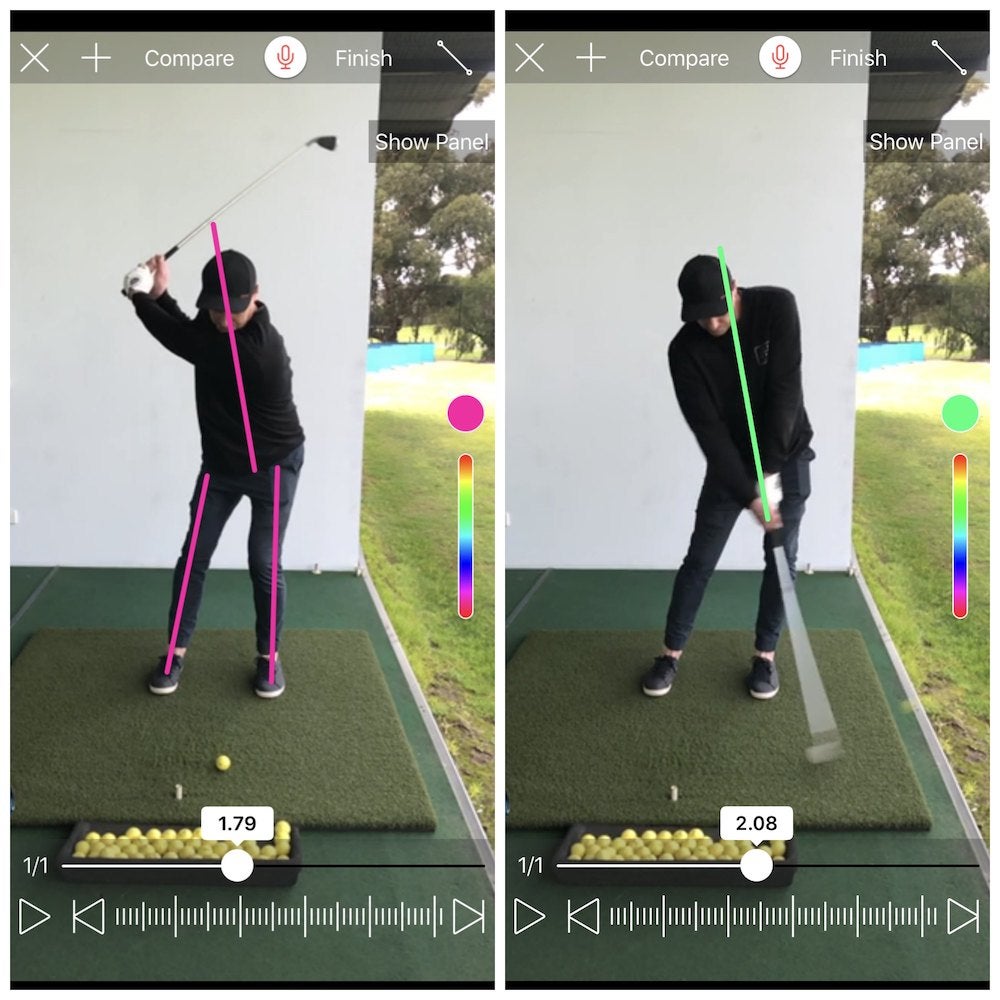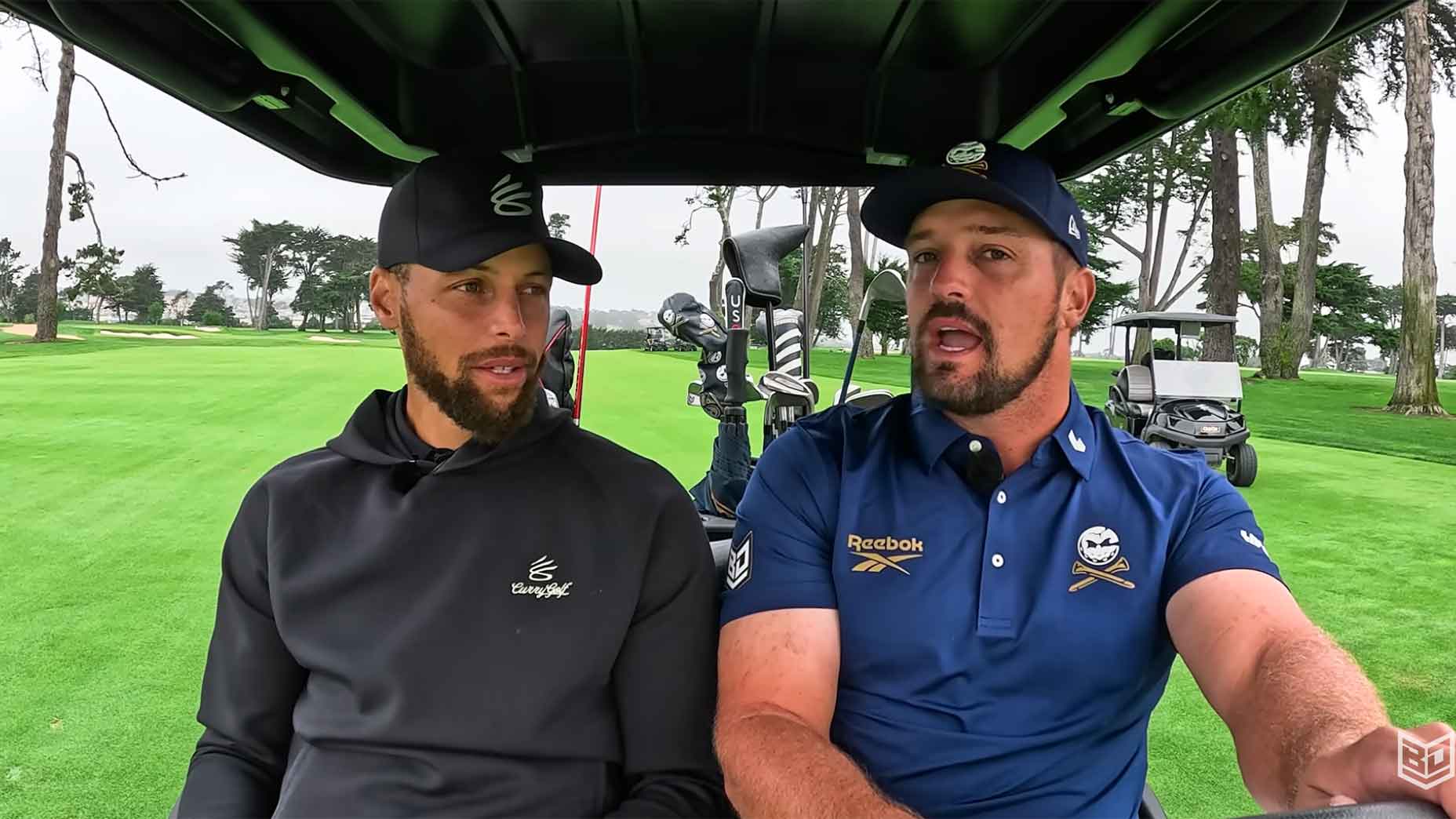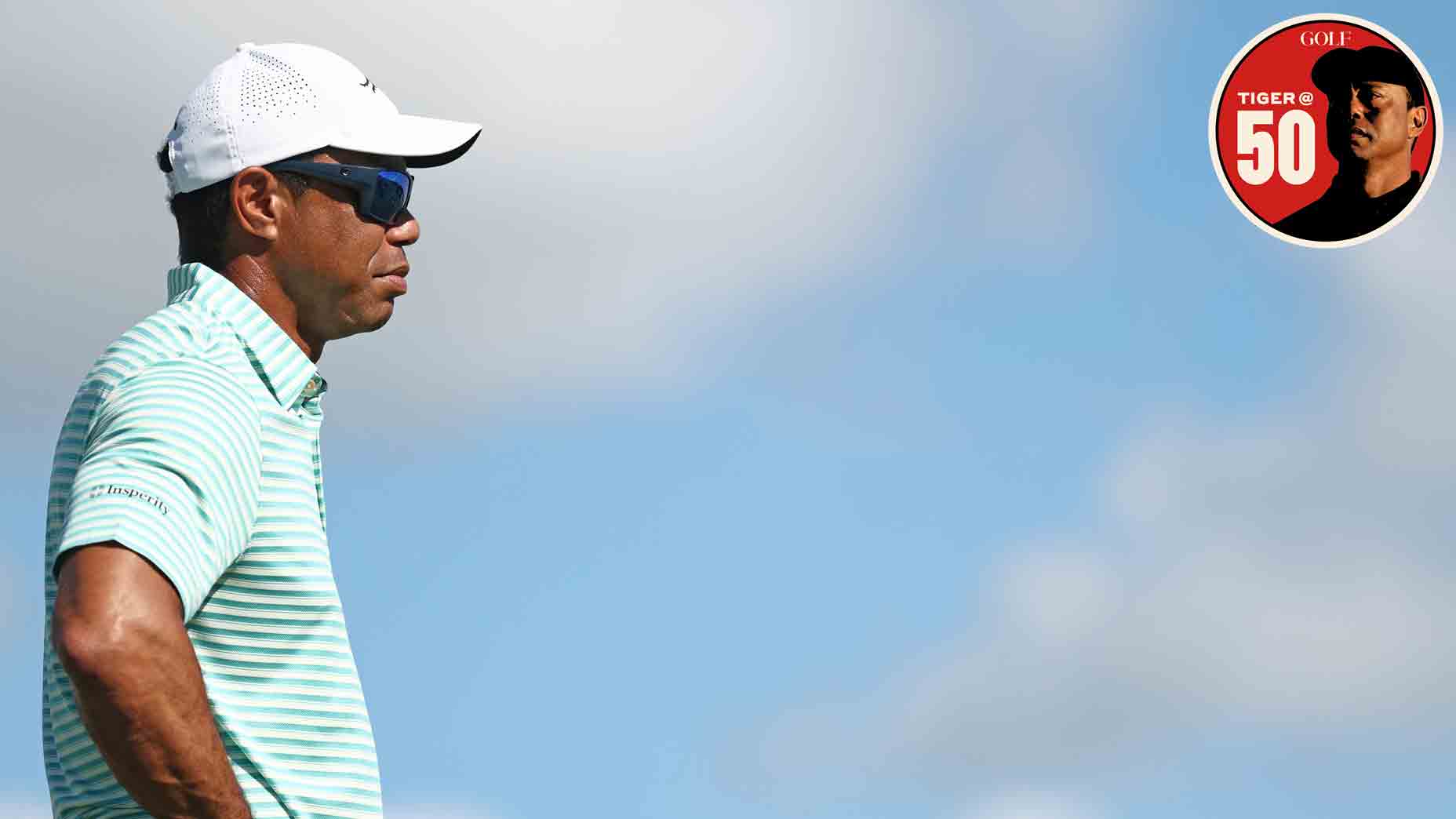 Golf Channel’s surprising new logo? You might recognize it
Golf Channel’s surprising new logo? You might recognize it
Teacher: A swing thought for a more reliable impact position
Editor’s Note: Baden Schaff has been a PGA teaching professional for 17 years and is the co-founder of Skillest, a digital platform that connects golf students with golf coaches across the world for online lessons. To learn more about Skillest and to book a lesson of your own with Baden, head over to Skillest.com or download the app in the app store.
As a golf coach this might sound pretty controversial, but I hate the word “swing.” It’s a word that may seem pretty innocuous on its own, but I believe it can be incredibly damaging to the average golfers motion.
Something that never ceases to amaze me is how first time golfers, even without any previous tuition, have already got imagery in their mind of what they should be doing to hit the ball. This imagery comes to life when they make their first pass at the ball with an exaggerated hip slide, over rotation of the body and a side-to-side rocking of the body which perfectly reflects their concept of a golf swing.
The problem? They are swinging the wrong thing.
Instinctively when we get told to make a swing we swing the big part of our bodies, the legs and torso. Moving all this mass around can feel powerful, and some say it it makes them feel rhythmical and loose, too. But all that movement has a downside: It totally changes the shape of the body throughout the motion. It pulls your body away from where it needs to be at impact — the one point of your swing where you actually need to be to hit the ball — which is what makes the game so hard.
Moving around a lot may feel powerful, but it’s also making it unreliable and unrepeatable, the two things golfers actually want the most.

So what is the fix and how should we think about our “swing”?
We need to think about moving the arms and club first on the takeaway and allow these moves to pull the body into the turn. This has a couple of huge advantages. Mainly, that it allows you to hold your body shape during the motion. This means that you never get pulled too far away from where you need to be for a solid impact.
ADVERTISEMENT

This technique creates more coiled or resisted power in your top half. The more we over-rotate and “swing” our body on the takeaway the more drastic and exaggerated the compensation on the downswing needs to be to
- Create stored power and
- Get anywhere near where we need to be at impact.
A word of warning for the average golfer, this will totally change the feel of your swing and will definitely change your tempo. Golfers with big shifts and big turns always have a slower tempo and those who hold their shape better and generate lots of arm speed always have faster tempos. But remember if your not “swinging” your body as much and have a faster tempo you probably have less compensations too.
To learn more about Skillest and to book a lesson of your own, head over to Skillest.com or download the app in the app store

ADVERTISEMENT




